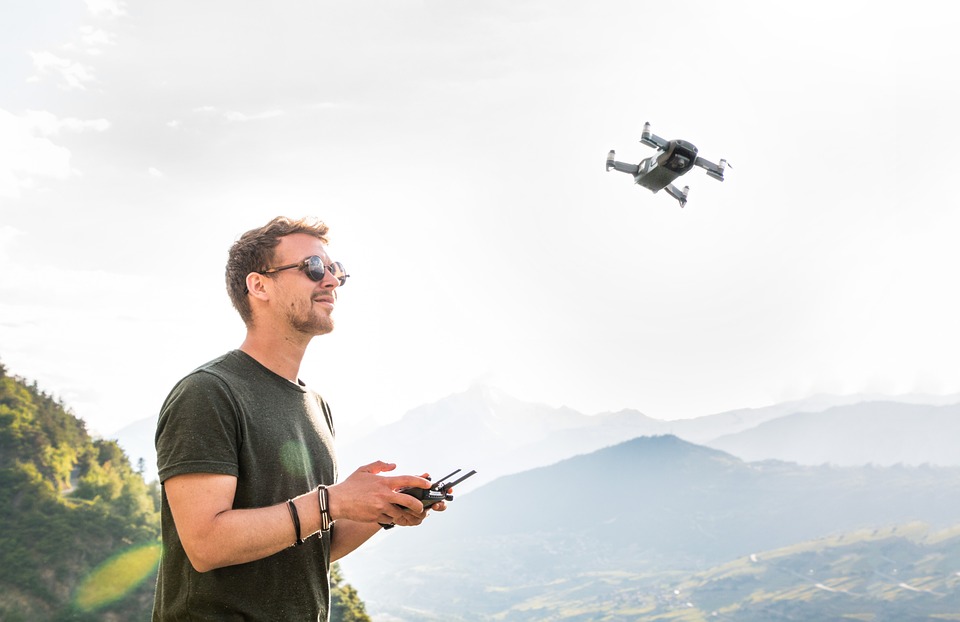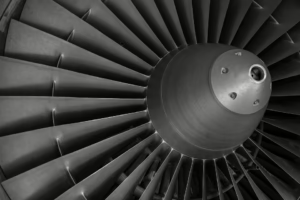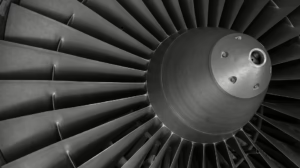From Concept to Cockpit: The Mechatronics Driving Tomorrow’s Drones
Introduction
The field of drone technology has rapidly evolved over the last decade, transforming from concept into a multi-billion-dollar industry. This evolution is largely attributed to advancements in mechatronics—an interdisciplinary field that combines mechanical engineering, electronics, computer science, and control engineering. Mechatronics plays a critical role in the design, functionality, and operational effectiveness of drones, enabling them to perform complex tasks ranging from aerial photography to cargo delivery and agricultural monitoring.
This article aims to explore the relationship between mechatronics and drone technology, focusing on the innovations that are driving the next generation of unmanned aerial vehicles (UAVs). We will discuss the fundamental components of drone systems, the role of software and algorithms, advancements in sensors, and the impact of artificial intelligence and machine learning in the operational capabilities of drones.
The Fundamentals of Drone Systems
1. Structure and Mechanics
At the heart of every drone is its structural design, which determines its aerodynamics, stability, and payload capacity. Typically, drones consist of several key mechanical components:
- Frame: The frame provides the structural integrity of the drone, often constructed from lightweight materials like carbon fiber or plastic to minimize weight while maximizing strength.
- Propulsion System: Comprising motors and propellers, the propulsion system is responsible for generating lift and thrust. Brushless DC motors are commonly used due to their durability and efficiency.
- Landing Gear: The landing gear is designed to absorb impact upon takeoff and landing. Various configurations exist, including retractable landing gear, which helps reduce drag during flight.
2. Electronics and Control Systems
The integration of electronic systems is crucial for the drone’s operational functionality. Key electronic components include:
- Electronic Speed Controllers (ESC): ESCs regulate the speed of the motors based on the control signals received from the flight controller.
- Flight Controller: This central unit acts as the brain of the drone, processing sensor data and executing control algorithms to maintain stable flight.
- Telemetry System: Telemetry allows for real-time data transmission between the drone and the ground control station, relaying information such as altitude, speed, and battery status.
3. Sensors and Navigation
Sensors are critical for the drone’s navigation and operational capabilities. Various sensors employed in drone technology include:
- Inertial Measurement Units (IMUs): IMUs consist of accelerometers and gyroscopes to measure orientation, velocity, and acceleration.
- Global Positioning System (GPS): GPS provides the drone with geolocation data, enabling precise navigation and autonomous flight.
- Optical and Infrared Sensors: These sensors aid in obstacle detection and environmental mapping, enhancing the drone’s ability to navigate complex environments.
4. Power Supply
Power systems in drones are predominantly based on rechargeable lithium-ion batteries, known for their high energy density. Emerging technologies, such as solid-state batteries and fuel cells, are also being explored to extend flight times and increase payload capacity.
The Role of Software and Algorithms
Software is as crucial as hardware in the operation of drones. Flight control algorithms are designed to process data from various sensors and ensure stability and control during flight. Key software components include:
1. Flight Control Software
Dedicated operating systems, such as PX4 and ArduPilot, provide a framework for controlling drone operations, including:
- Stabilization Algorithms: These algorithms adjust motor speeds to counteract environmental disturbances, ensuring smooth flight.
- Path Planning Algorithms: These algorithms allow drones to autonomously navigate predefined routes while avoiding obstacles.
2. Image and Data Processing
Modern drones are equipped with high-resolution cameras and advanced imaging sensors. Software tools enable:
- Real-time Image Processing: Algorithms can analyze visual data on-the-fly for applications such as surveillance and reconnaissance.
- Data Fusion: Integrating data from multiple sensors improves accuracy in navigation and situational awareness.
3. Artificial Intelligence and Machine Learning
The incorporation of AI and machine learning models greatly enhances the intelligence of drone systems. These technologies enable:
- Autonomous Decision Making: Drones can learn from their environment and make decisions based on previous experiences.
- Predictive Analytics: By analyzing historical data, drones can anticipate events and adjust their operations accordingly.
Advancements in Sensors for Enhanced Functionality
The evolution of sensors has significantly broadened the capabilities of drones. Some key advancements include:
1. LiDAR Systems
Light Detection and Ranging (LiDAR) technology utilizes laser pulses to measure distances and create detailed 3D maps of environments. LiDAR-equipped drones are valuable for applications in agriculture, forestry, and urban planning.
2. Multi-Spectral and Hyperspectral Cameras
These advanced imaging systems capture data across various wavelengths, enabling applications such as crop health monitoring and environmental assessments.
3. 5G Connectivity and Communication Systems
The advent of 5G technology promises to revolutionize drone operations by offering high-speed, low-latency communication. This connectivity allows for:
- Real-time Data Streaming: Drones can transmit high-definition video and sensor data to ground stations with minimal delay.
- Swarm Intelligence: Connectivity facilitates coordination between multiple drones, enabling them to work collaboratively on complex tasks.
Regulatory and Ethical Considerations
As drone technology continues to evolve, regulatory frameworks must also adapt to ensure safe and responsible usage. Key considerations include:
1. Airspace Management
The integration of drones into the existing airspace requires comprehensive management systems to avoid collisions and ensure safe operation. This includes the development of Unmanned Traffic Management (UTM) systems.
2. Privacy Concerns
The widespread use of drones raises significant privacy issues. As drones become more capable of surveillance and data collection, regulations must be established to protect individuals’ privacy rights.
3. Safety and Security
Ensuring the safety and security of drone operations is paramount. Protocols must be in place to prevent unauthorized access and ensure compliance with safety regulations.
Future Trends in Drone Technology
-
Increased Autonomy: As AI continues to advance, we can expect drones to operate with greater levels of autonomy, performing complex tasks without human intervention.
-
Integration with Other Technologies: Drones will increasingly integrate with other emerging technologies, such as blockchain for secure data transmission and augmented reality for enhanced piloting experiences.
- Sustainability Focus: With growing concerns about environmental impact, the development of environmentally friendly drones, such as those powered by alternative fuels or using recyclable materials, will gain traction.
Conclusion
Mechatronics lies at the heart of the technological advancements propelling the future of drone technology. As drones become more sophisticated and capable, the integration of mechanical systems, electronics, software, and AI will enable unprecedented levels of automation and performance. While challenges related to regulation, ethics, and safety remain, the potential applications for drones are vast, paving the way for innovations that promise to transform industries ranging from agriculture to logistics.
As we continue to explore these innovations and their implications, one thing is clear: the journey from concept to cockpit is just beginning, and the future of drones holds limitless possibilities.


























Add Comment